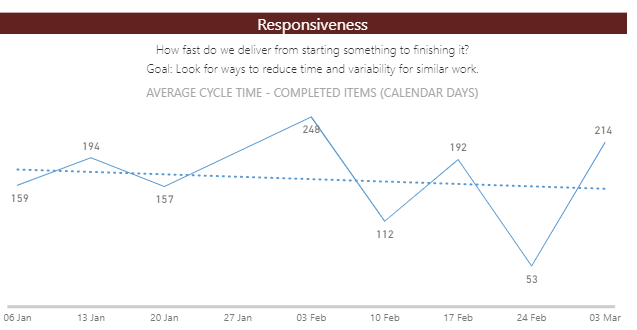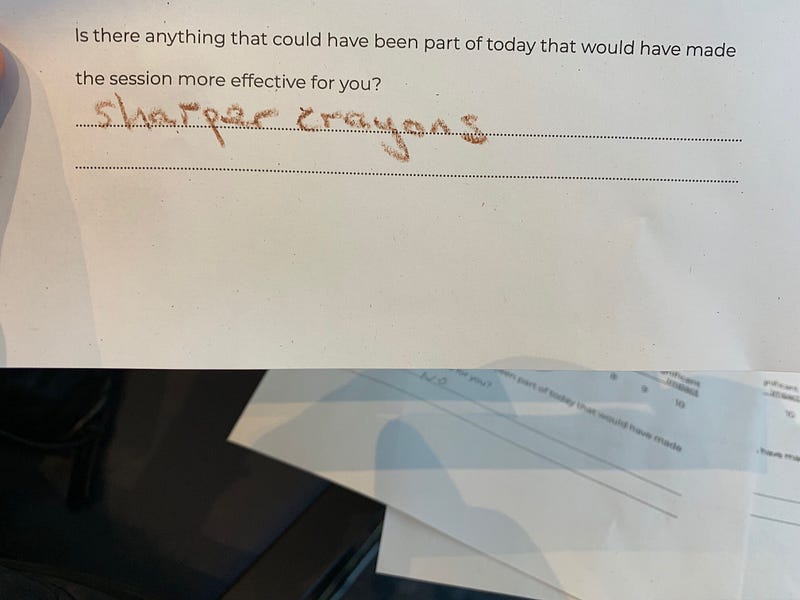Pull-based coaching
As mentioned in previous weeks, our approach to Agile adoption has been very much centred on a pull based approach. Whilst we do what we can in marketing and training, we aren’t going to “force” people to go Agile, nor are we of the mindset you have to ‘agile everything’.
The other day I had an interesting observation whilst in my social time. Normally I play badminton a couple days a week with local meetup groups and, after one particular game, I noticed something that for me is a great analogy for Agile coaching. The doubles pair we just played against clearly had one stronger player of the pair. Once the game was over and hands were shaken, the stronger player of the pair prompted to coach/tell their partner what they should do to improve. What was interesting for me was that the person receiving the feedback had not requested the coaching/advice, nor did they appear to really want the help. For me this was a great reflection on the reality of an Agile coach working with teams and/or individuals.
If you are acting as a Coach but simply imposing Agile onto people without being asked, this is the exact effect you are likely to have on someone.
They may not desire or require your assistance, and subsequently it makes for an even more uncomfortable situation by them then feeling like they have to listen to you. Hence, try your very best to adopt pull-based coaching.
Portfolio Baby Steps
Our main focus in adopting Agile ways of working has been concentrating our efforts at portfolio, rather than team level. The main inspiration from this of course being the flight level captain himself Klaus Leopold. Using Klaus’ flight level model you could argue we’re focusing somewhere between flight level two or three (IT Portfolio level), but the main point is that we’re focusing on tackling Agile principles at a higher level first, in conjunction with a few (but not all) teams.
One thing we’ve done as part of this is map our portfolio of work on a kanban board, with all the steps a piece of work goes through, as well as some rough, ROI score (fibonacci-esque business value ÷ effort) for prioritisation and what methodology is being used to deliver the piece of work.
Since introducing WIP limits, we’ve managed to reduce portfolio WIP by 28% in the last 6 months, however we’re still struggling on refinement and slicing work down to smaller batch sizes. In particular average portfolio cycle time still remains very high due to older items only just moving to done, but at least it’s trending in the right direction.

This obviously makes something like WIP limits a hard sell to those sceptical as the time to deliver isn’t noticeably reducing as much as we’d like, so something to monitor in the coming weeks and learn from.
A positive for me this week though has been seeing the portfolio team apply their learning from Featureban in our Agile training when it comes to pipeline replenishment. Prioritising only a few items for what work comes next, and staying strict to the WIP limits. Hearing “we only have room for 2 so what’s the highest value” on a call was something we haven’t heard before, so that’s a positive. Slowly getting there with baby steps…
Manny on the Map
Yesterday myself and Marie ran another of our Agile Foundations sessions, this time in our Manchester office. Despite the session being centred on IT we did have some participants from our client teams as well, which I take as a positive to the positive feedback the course has received.
One common point of discussion is around budgeting in an Agile context and, whilst we discuss how generally the concept of annual budgeting needs to change, we include an example of how to set a price for Agile projects.
I also have an internal article about using Troy Magennis’ free tools and in particular the throughput forecaster. Whilst this is outside the scope of a #weeknotes, let me know if you’d like to see in a separate post this as a worked example.
Overall it was another really fun session, with some great characters in the room, in particular showcased via the the feedback we received.

Class comedian — we know who you are :)
It brings us to the 80% mark of people we’ve trained, with two sessions left for IT. After that is when the hard work really starts but, I must say, it is the bit I’m most looking forward to.
Next week
Next week I’m heading out to our Middle East office, running a series of Agile Foundations courses out there and returning back to the UK on Friday.
I’ll be missing out on my favourite conference — London Lean Kanban Days but I am intrigued to see how the training lands with folks out there, in particularly given some of the concepts on celebrating failure, psychological safety and embracing uncertainty…a great chance to develop my coaching experience!
